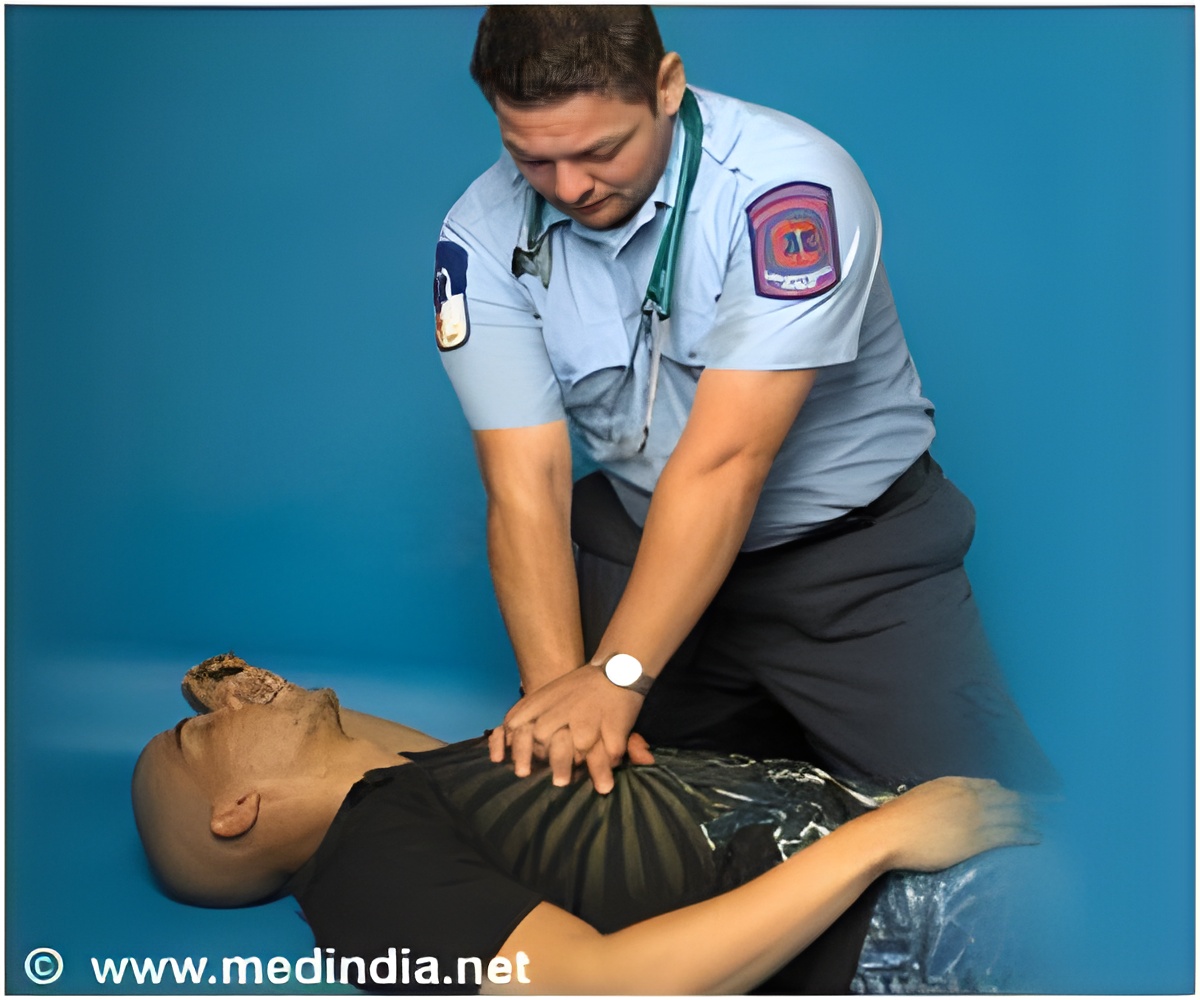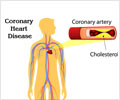
The continuum includes the care patients receive in route to and at hospitals.Between April 2008 and January 2010, 381 STEMI-care systems, representing 899 hospitals in 47 states, responded to the Mission: Lifeline survey. Systems included at least one hospital that performs the artery-opening procedure percutaneous coronary intervention (PCI) and one emergency medical service (EMS) group.Two-thirds (67 percent) of the systems were in urban areas and most followed standard quality procedures and policies, including:
- Admitting STEMI patients even when a hospital bed was not readily available (97 percent).
- Requiring a single phone call to activate the catheterization lab for PCI treatment (92 percent).
- Permitting the emergency department physician to activate the cath lab without consulting a cardiologist (87 percent) and allowing the cath lab to be activated without cardiology consult prior to the patient arriving at the hospital (78 percent).
- Participating in a data collection registry (84 percent).
Twenty-six percent of the systems have difficulties with EMS transport and finances."It's essential to get competing hospitals and separate EMS agencies within a community to work as a team to provide optimal care for heart attack patients," said James G. Jollis, M.D., the study's lead author and professor of medicine at Duke University Medical Center in Durham, N.C. "These study findings can serve as a benchmark and lessons learned as additional communities across the country create their own systems of coordinated, integrated, evidence-based care for STEMI patients."PCI hospitals (84 percent) and/or cardiology practices (23 percent) provided funding for most of the systems.More than 580 community-based STEMI systems are now registered in Mission: Lifeline, covering more than 60 percent of the U.S. population.
The American Heart Association's Mission: Lifeline Heart Attack Referring/Receiving Center Accreditation program now recognizes hospitals for quickly and appropriately treating heart attack patients. Ten hospitals have been accredited to date, with more applications being considered. About 200 hospitals also receive recognition awards each year for meeting certain performance criteria."Since Mission: Lifeline launched, we've seen major improvements in the coordinated care of heart attack patients," said Christopher Granger, M.D., study co-author, chair of the Mission: Lifeline STEMI advisory working group and professor of medicine at Duke University Medical Center in Durham, N.C.
"Paramedics are making the STEMI diagnosis earlier, patients are being transported or transferred to appropriate hospitals more quickly, and blocked arteries are being opened faster ¯ all translating to more lives saved."Using the survey as a snapshot, success can be improved upon even more to ensure that all patients are getting the recommended best practices in STEMI care, Granger said.
Source-Eurekalert














